Landscape conservation: terms & definitions
Landscape conservation: terms & definitions
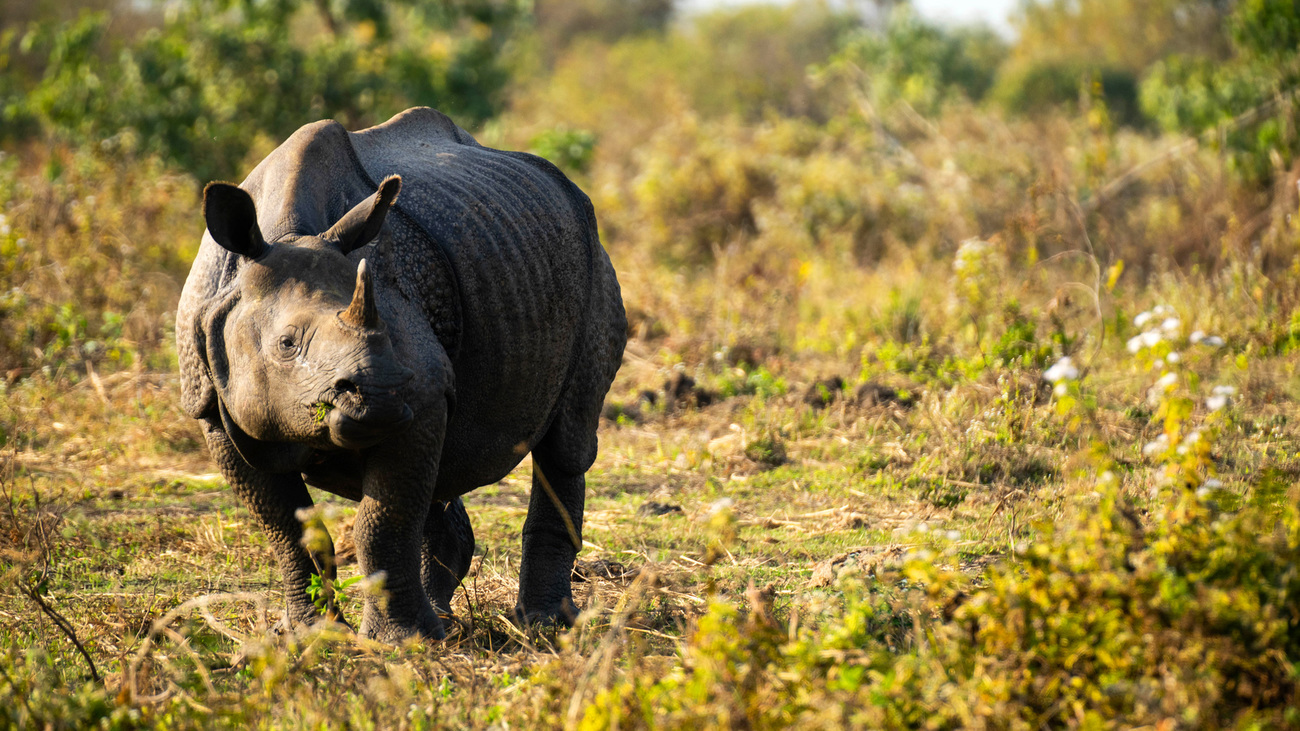
IFAW is an international organization dedicated to conservation, wildlife rescue, and advocacy around the world. Around the world, we work to protect the landscapes that wild animals call home. To learn more about our work, check out our project pages.
Here are the definitions of the most common terms used by IFAW when discussing our landscape conservation work, complete with helpful examples and resources.
Climate-smart agriculture
Agriculture causes around one-third of all emissions worldwide and is the primary cause of deforestation. Climate-smart agriculture (CSA) aims to reduce the negative environmental effects of agriculture and improve sustainability while boosting productivity and production to ensure food security. Because these goals are so broad, CSA encompasses various strategies, ideas, and practices to help meet them. Climate-smart agriculture is also about resilience—to develop agricultural practices that can withstand floods, droughts, and other severe weather events that are increasing due to climate change.
Conservancy
Engaging with communities around protected areas and promoting sustainable wildlife management has resulted in the expansion of land under improved management for wildlife. These areas are usually formalized into conservancies that are locally led and managed with technical and financial support from development partners, including governments and private sector actors.
IFAW spent over a decade working with the Maasai community to turn parts of the Kitenden Corridor–vital land for the Maasai communities and wildlife dispersal, nestled between Kenya’s Amboseli National Park and Tanzania’s Mt Kilimanjaro National Park–into the Kitenden Conservancy by leasing land from the communities who own it.
Conservation-compatible income streams
Conservation-compatible income streams are ways for people to make money compatible with conservation efforts. Such enterprises generate economic benefits to support the delivery of conservation objectives. They provide monetary and non-monetary benefit flows for communities and landowners to conserve land for wildlife.
IFAW supports conservation-compatible income streams in Africa, India and China, empowering local communities to develop sustainable, wildlife-friendly livelihoods.
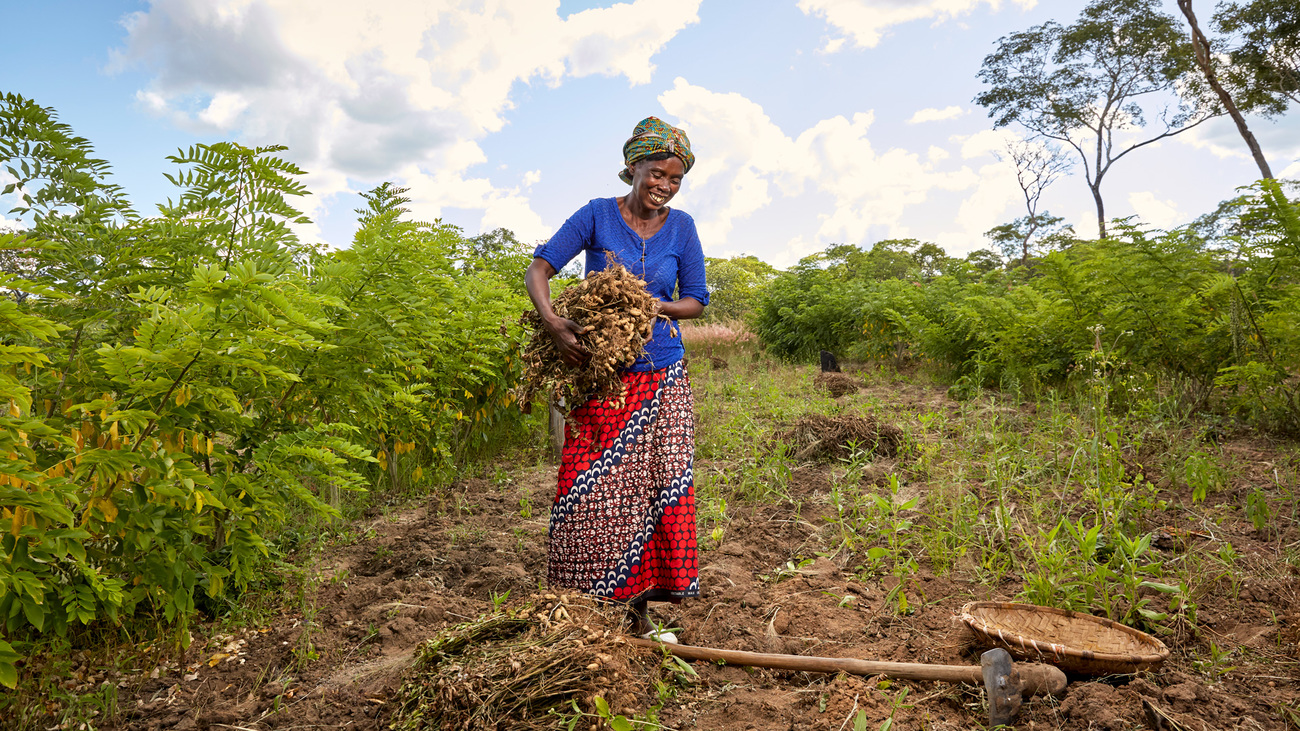
Deforestation
Deforestation refers to the intentional clearing of forested land. Trees are cut down to sell the timber and make space for livestock, crops, plantations, roads, and other infrastructure. Humans have been cutting down trees for a very long time. For example, 2,000 years ago, 80% of Western Europe was covered in forests, and now it’s just 34%.
We must stop deforestation and start reversing its effects where possible for several reasons. Trees’ role in producing oxygen and consuming carbon dioxide is important in the fight against climate change. Forests are also home to countless animal and plant species; the more forests we cut down, the fewer habitats they will have.
Ecotourism
One way to raise funds for conservation and protected areas is through ecotourism. This type of tourism involves visiting natural landscapes, contributing to the local economy, and learning about and supporting conservation efforts. It aims to promote environmental and cultural awareness of the area through unique experiences. As an example, IFAW promotes sustainable whale watching—a way to see something amazing and raise awareness for whales, while giving former whaling communities a source of income.
Green value chain
‘Value chain’ refers to the various steps involved in product development. From designing and prototyping to production and distribution, it encompasses everything a company does to ‘add value’ to its offering. A green value chain refers to efforts to minimize negative environmental effects during this process. This can include utilizing green shipping infrastructure, recycled materials, and carbon offsetting.
Habitat fragmentation
Habitat fragmentation is an urgent threat facing many endangered species right now, including African savannah elephants, African wild dogs, and koalas. When a habitat is whole and unfragmented, animals can travel as far as they need to find the best areas for food and mating, and different subpopulations of a species can interact. If severe weather or other phenomena affect food in a certain area, the animals can travel to another part of their habitat to find food elsewhere.
However, when we clear space for farms, roads, and human settlements, eligible habitats are divided into smaller pockets between which animals can’t travel. This can cause food shortages and decrease genetic diversity within a species, leading to complications of inbreeding, including disease.
Fixing the problem of habitat fragmentation isn’t as simple as just giving the land back to wildlife, as humans now rely on it to survive as well. Instead, initiatives like IFAW’s Room to Roam aim to connect pockets of habitats through protected landscapes where animals like elephants can freely travel.
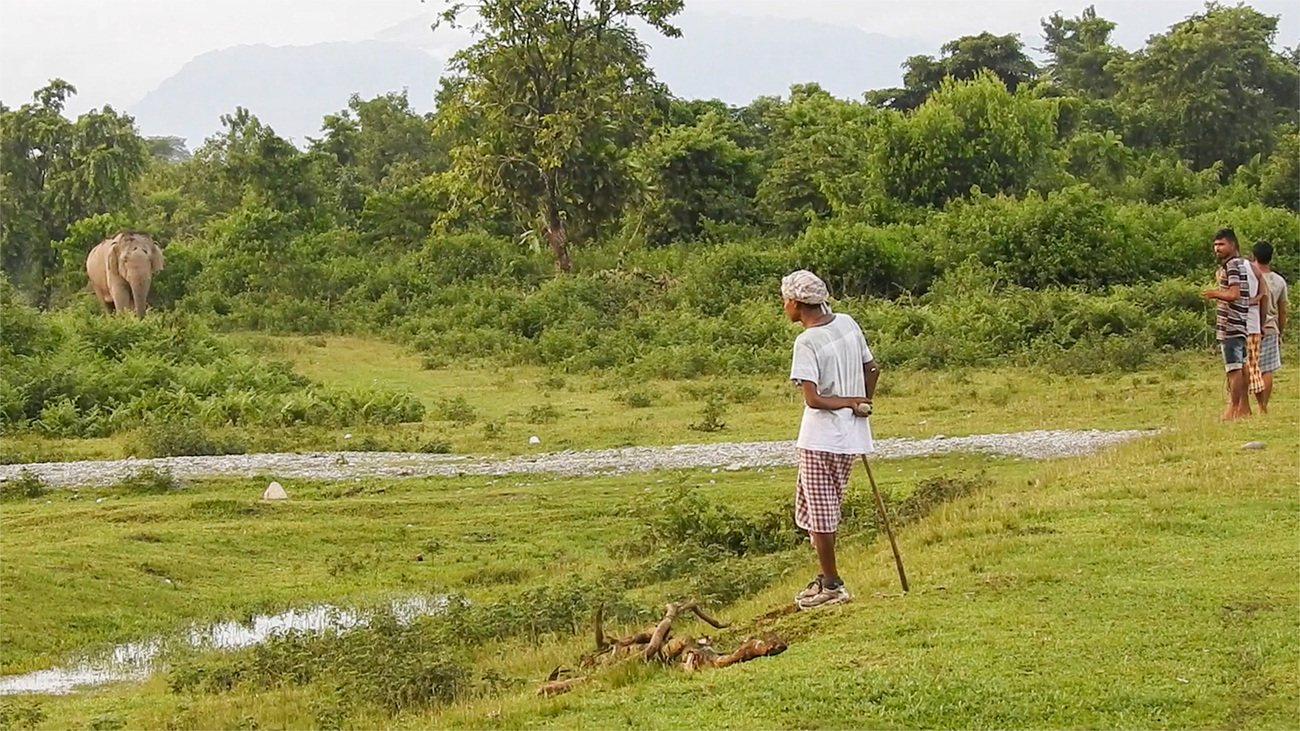
Keystone species
Ecosystems are complex, with each species contributing to the survival of others. A keystone species is a critical link in the chain—remove it, and the entire ecosystem could collapse. For example, when wolves were removed from Yellowstone National Park in the US, it led to an increase in deer. The deer then over-consumed plants that other species, like birds and beavers, relied on, forcing them to move to find new food sources.
Each keystone species plays a unique role and supports its ecosystem differently. For conservationists, keystone species are a focus because protecting them is an efficient and effective way to keep entire ecosystems safe and thriving. On the other hand, an endangered keystone species is an urgent threat to the ecosystem.
Landscape conservation
Landscapes are essential for several reasons—they provide clean water, promote biodiversity and climate resilience, and are important to human communities and cultures. However, landscapes can be easily altered through deforestation, farming, settlements, mining, and other incompatible human activities. A landscape approach aims to manage a mosaic of land uses whilst promoting eco-friendly socio-economic development at the ecosystem level.
Landscape restoration
Landscape restoration aims to restore land altered by human activity to a healthy status. A simple example is planting trees in a deforested area, but it can take many other forms.
There are two main types of landscape restoration: rewilding and assisted restoration. Rewilding protects the land from human intervention and allows natural growth to occur independently. Assisted restoration typically combines restoration with human activity, such as agroforestry, which allows trees and crops to exist in the same area. This helps increase the number of trees, and in turn, the trees benefit soil and watershed management.
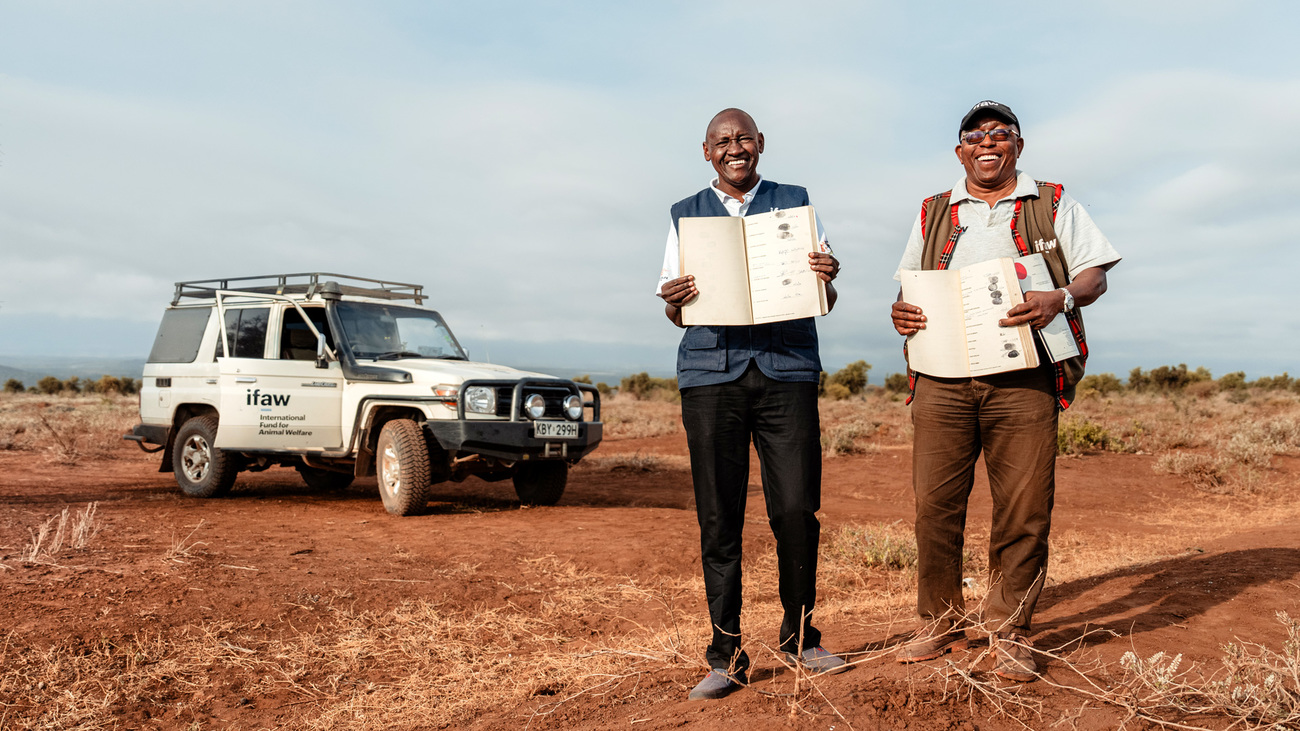
Migration
Migration refers to the movement of animal populations from one place to another. Many migrations are seasonal, with animals moving to areas with more abundant food sources or better conditions for mating and rearing young. In some species, entire populations migrate together, while other species have male-only or female-only migrations.
National park
A national park is an area of land protected by a national or local government. They can be created for a variety of reasons, such as recreation, cultural importance, scientific significance, landscape preservation, and wildlife conservation. It’s common for national parks to keep the landscape in its natural state, with employees like rangers maintaining, protecting, and promoting the park.
Natural heritage
According to UNESCO, natural heritage refers to the natural features of a landscape that provide scientific value, natural beauty, and habitats to endangered and threatened species. Areas defined as natural heritage can include publicly and privately protected areas, zoos, gardens, sanctuaries, reservoirs, and protected marine areas.
Natural World Heritage sites are areas of land under the highest level of protection. They’re recognized as the planet’s most significant protected areas as they provide habitats for important species, protect ecological processes, contribute to economies, and assist with climate stability. Some notable natural heritage sites include the Great Barrier Reef and Yellowstone National Park. There are 252 Natural World Heritage sites worldwide.
Protected area
When an area is protected, human activity and intervention are greatly limited to prioritizing the preservation of the natural landscape and its wildlife. Protected areas are usually naturally, ecologically, or culturally valuable locally or globally. A worldwide initiative called 30x30 aims to designate 30% of the world’s land and ocean as protected areas by 2030.
Scientists currently believe this is the minimum we need to achieve to have a chance at stopping biodiversity loss and climate change. Currently, around 17% of our land and 8% of our ocean are protected—but it’s not just the numbers that matter. The effectiveness of the protection also matters.
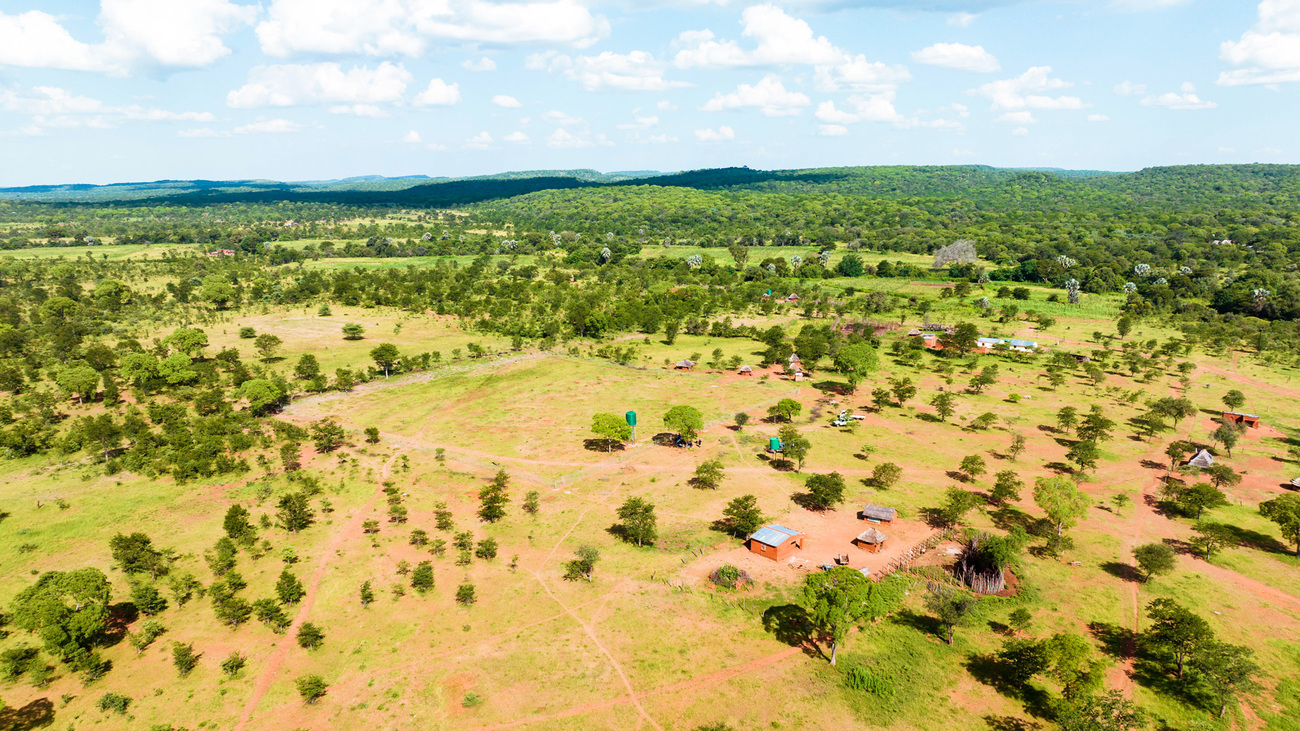
Restocking
Restocking is a conservation strategy that involves releasing new animals into an existing but decreased population. These new animals are wild animals from a more abundant population elsewhere. It’s essentially the same strategy as reintroduction, except that it adds animals to an existing population rather than starting a new population from scratch. IFAW assisted in the restocking of one-horned rhinos in Manas National Park in India and the elephant population rescue of Kasungu NP.
Related content
every problem has a solution, every solution needs support.
The problems we face are urgent, complicated, and resistant to change. Real solutions demand creativity, hard work, and involvement from people like you.